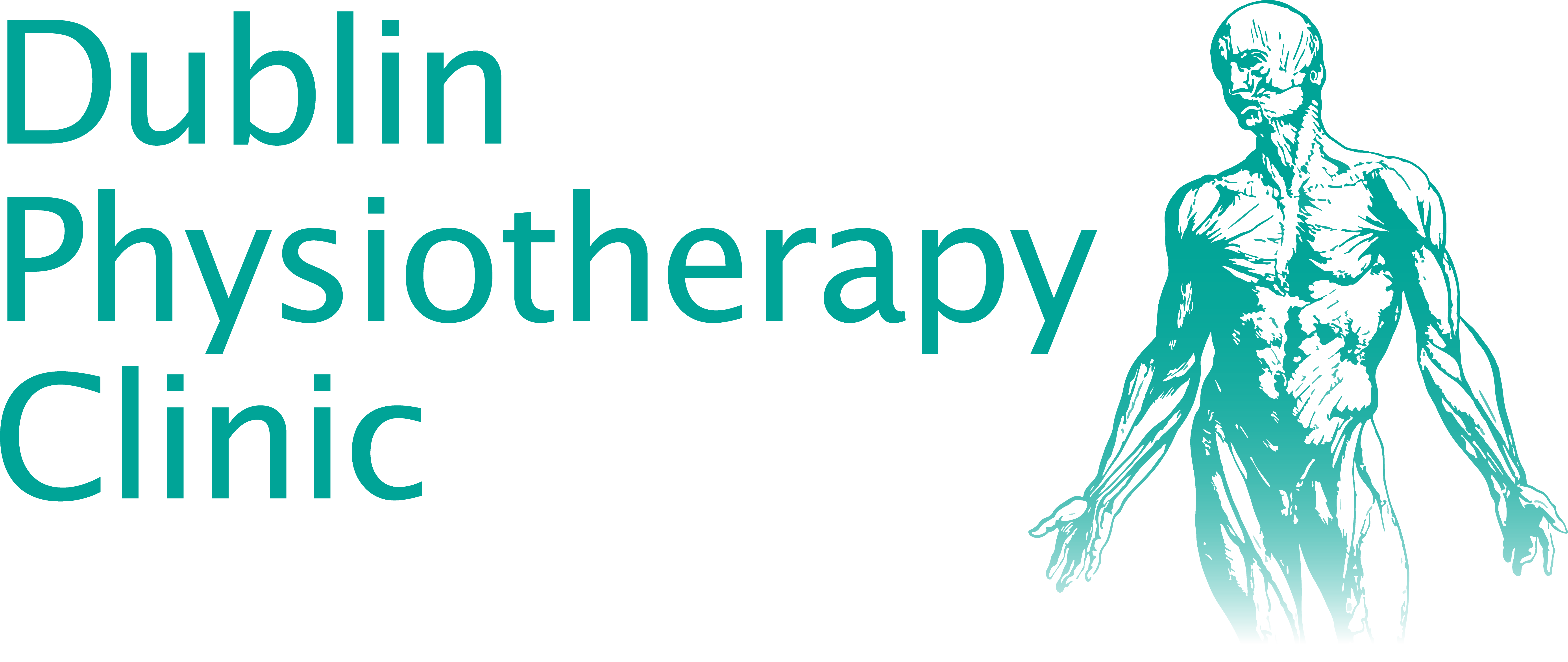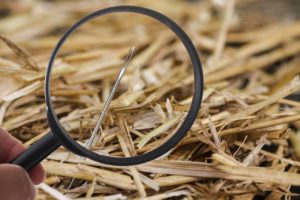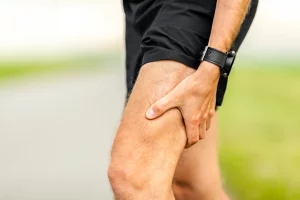Once again, David Fitzgerald is back with one of his videos for the series “clinicians’ nightmares” to talk about Achille’s Tendonitis.
As always, you can find an account of what David had to say in this article and, if you would like to hear more of his expert opinion, make sure you check out the video below.
As already explained in his video about Tennis Elbow, the problem with tendon issues is when they become inflamed. Due to the poor blood supply when inflammation happens, it is very hard to predict how quickly and how well they will heal. This is, in fact, the main issue surrounding tendonitis, a condition which wouldn’t be considered too serious otherwise.
When a patient presents symptoms of Achille’s tendonitis, the first thing clinicians look for is whether there is a history of specific things that aggravated it. The examples David gives are a long walk, recently changing footwear or engaging in a new kind of activities that put a new load on the Achille’s tendon.
What can the clinician do to help the patient
Once the cause behind the tendonitis is identified, it’s the clinician’s job to decide what’s best for the patient’s healing process. It often happens that an Achille’s tendonitis is caused by a new load on the tendon, therefore, getting the inflammation to settle down might be an effective way of tackling the problem.
What physiotherapists usually look for after a few sessions is a reduction of the sensitivity and swelling in the area. When the initial treatment is successful, weight-bearing and walking are a few of the activities considered as milestones in the healing process.
From a clinician’s point of view, it is important to try and identify all the causes and factors that can make the problem persist. Foot mechanics, for instance, could be a factor and patients are usually advised to use customised shoes, which will improve their posture, taking pressure off the tendon.
Another factor that can contribute is tightness in the calf; when the calf muscle comes down attaching itself to the Achille’s tendon, putting more tension through it.
It is also common that corrective and strengthening programs might be required for patients who show an impairment in their balance and control. Looking at the patient stand on one leg, the clinician can see if the stability is compromised, a deficit that can lead to uncontrolled movement when the leg is loaded, ultimately causing tendonitis.
Other types of Achille’s tendonitis
A more severe issue can be chronic tendon problems. Patients who suffer from joint conditions can in fact also suffer from tendon inflammation, meaning that these don’t tolerate being stretched too much. In practical terms, this might result in a limitation of how far people can walk or run, a practical limit that doesn’t usually have a solution.
Quite often, a tendon inflammation can go from tendonitis to tendinosis, a degenerative change within the tendon. This indicates the micro-damage of the small fibres inside the tendon.
These two conditions (tendonitis and tendinosis) should not be confused with a tendon tear, which shows some of the fibres being thorn. The tendon can suffer a partial or complete tear, with the latter requiring surgical action and the first simply requiring immobilisation for a number of weeks.
Three very different scenarios all involving a tendon inflammation and, in some cases, a tear in the fibres.
These are some of the causes and treatments for Achille’s Tendonitis. Of course, every patient is different and it’s up to the clinician to understand what the best treatment is for each situation. While we only give a summary of what David had to say in this article, you can find plenty more information in his video, so make sure you check it out.
That is all for this week’s topic, keep an eye out for David’s new video next week and don’t forget to read the rest of the Clinician’s Nightmare series.






